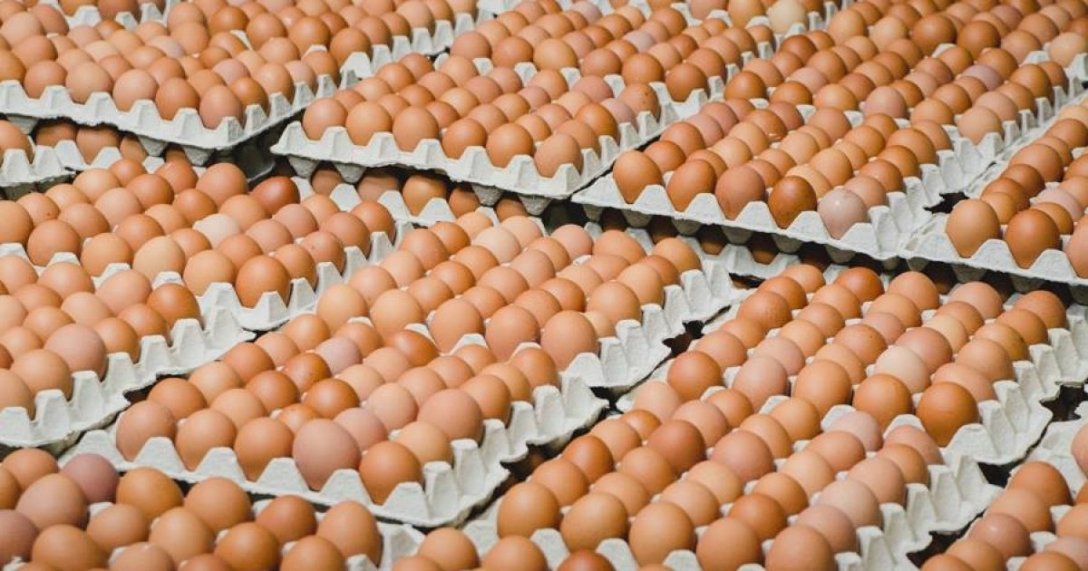USA: Egg prices: sky high – but why?

As they were in 2021, egg prices in the US were exceptionally high in November and December 2022. This was due to several major factors, and there hasn’t been much change in these factors so far in 2023. Poultry World has the latest on the many factors causing huge increases in the retail price of US eggs and looks at what’s ahead.
In November, US consumers started noticing an exceptional increase in the price of table eggs and major media outlets reported that the national average price for a dozen hit US$ 3.59, up from US$ 1.72 a year earlier.
At that point, high prices were being driven up to some extent by holiday festivities and baking demands, but most of the price increase was due to the continued upswings in feed, fuel and labour costs (i.e., inflation). In addition, supply was obviously limited due to the widespread outbreaks of highly pathogenic avian influenza (HPAI) across the US. These outbreaks have so far resulted in over 58 million birds being culled.
The national flock is recovering, and Nathan Jervey, spokesperson at the American Egg Board (AEB) industry association, reports: “The US Department of Agriculture estimates that at the start of February, we were sitting at 303 million. We typically have 320 million laying hens at any given time”. That’s a current difference of about 9%. So although farms are getting back to normal, US egg supplies have also been negatively affected in at least 2 states due to fires.
Forsman Farms in Minnesota, an operation that sold more than 3 million eggs a day to some of the largest retailers in the US, was hit by fire in May 2022. In January 2023, Hillendale Farms, Connecticut’s largest supplier of eggs, went up in flames resulting in the death of about 100,000 hens, with cage-free mandates from California and Massachusetts also adding to the tight supply situation.
As indicated, some of the factors causing these high egg prices in the US include rising feed, fuel and labour costs. There are also higher packaging costs and supply chain constraints. But which of these are likely to be most impactful and which could ease for any reason, going forward this year?
“As each farming operation is different and located in different parts of the country, it would be inappropriate for me to hazard a guess as to how each element factors into the cost for consumers,” explains Jervey. “Along those same lines, I can’t speak to them easing but can say that inflation is cooling, as noted by the consumer price index (CPI).”
The CPI is a measure of the average change over time in the prices paid by urban consumers for a market basket of consumer goods and services. In December, the CPI dropped by 0.1% after the seasonal adjustment, while, without seasonal adjustment, it had risen by 6.5% over the last 12 months.
AEB cannot predict the price of eggs this year, but Jervey says: “Demand has remained high, as evidenced by the retail volume of shell eggs remaining constant year-over-year.”
As to whether more HPAI outbreaks will affect prices, Jervey says, “it’s hard to say” and reiterates: “Prices reflect several factors. The good news is that our farms are recovering quickly.”
Dr Jada Thompson, an agricultural economist at the University of Arkansas, has been closely following egg price developments. While she noted that egg price relief might come from egg farmers steadily replacing their lost flocks, she also observes that: “Feed, fuel and labour are all still higher than 2021 levels. Feed prices were up by about 13-23% year-over-year for corn and soybeans [in 2022]. That is a substantial part of the cost of producing an egg. These factors will continue to affect egg prices.”
However, at the same time, Thompson expects egg prices in 2023 to drop below the higher prices seen in 2021 and in November-December 2022. “I don’t think we’ll hit the 2021 lower prices with the higher feed, fuel and labour costs,” she says. “The issue is that we will likely have more HPAI outbreaks, but it seems the industry is working on pre-emptive supply planning to try to ease some of the potential supply shocks. Only time will tell how many birds will be impacted or the effect on prices this year.”
Thompson reminds us that this particular HPAI strain is troublesome because of its longevity. “If it affects the poultry industry, and specifically the layer industry, like it did last year, we would likely see shorter supplies which would drive the price up,” she explains.
“The silver lining is that with replenishment efforts working double time to try to get layers back on track, there may be hope that if the layer industry can keep a bit ahead of HPAI this year, this will limit the pricing impact,” she added.
Read also
Wheat in Southern Brazil Impacted by Dry Weather and Frosts
Oilseed Industry. Leaders and Strategies in the Times of a Great Change
Black Sea & Danube Region: Oilseed and Vegoil Markets Within Ongoing Transfor...
Serbia. The drought will cause extremely high losses for farmers this year
2023/24 Safrinha Corn in Brazil 91% Harvested
Write to us
Our manager will contact you soon



